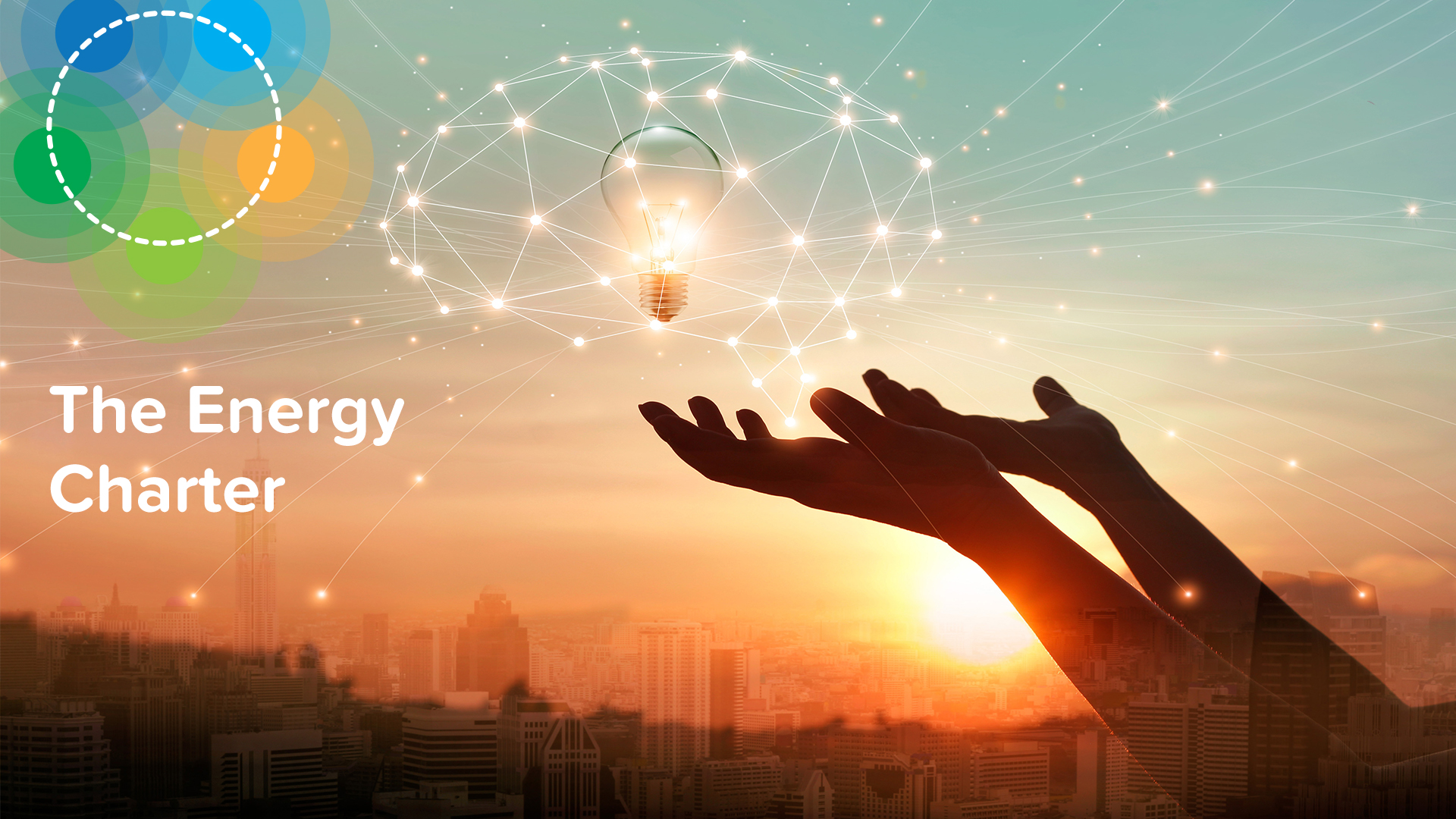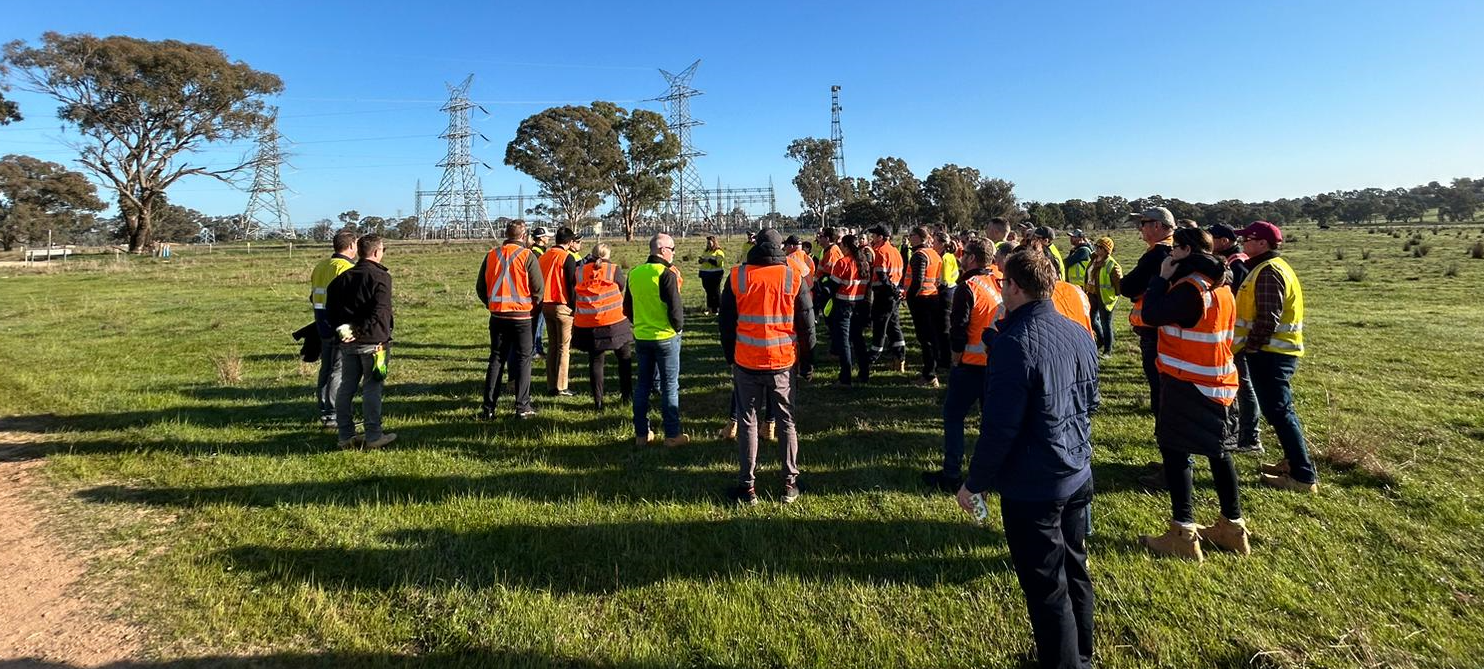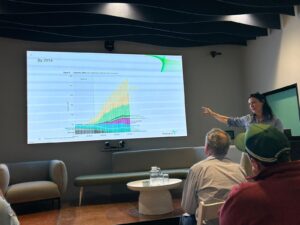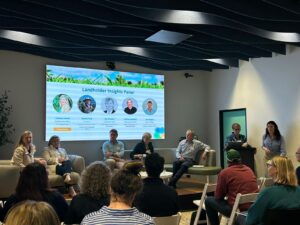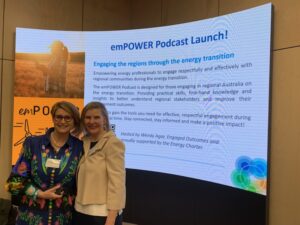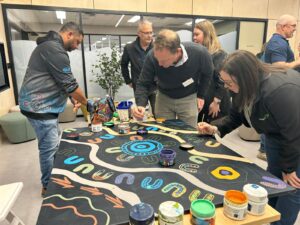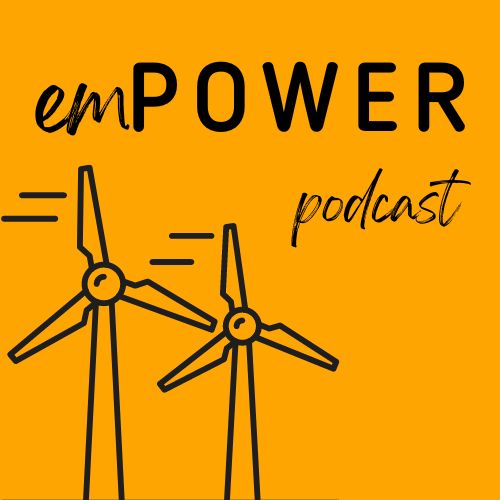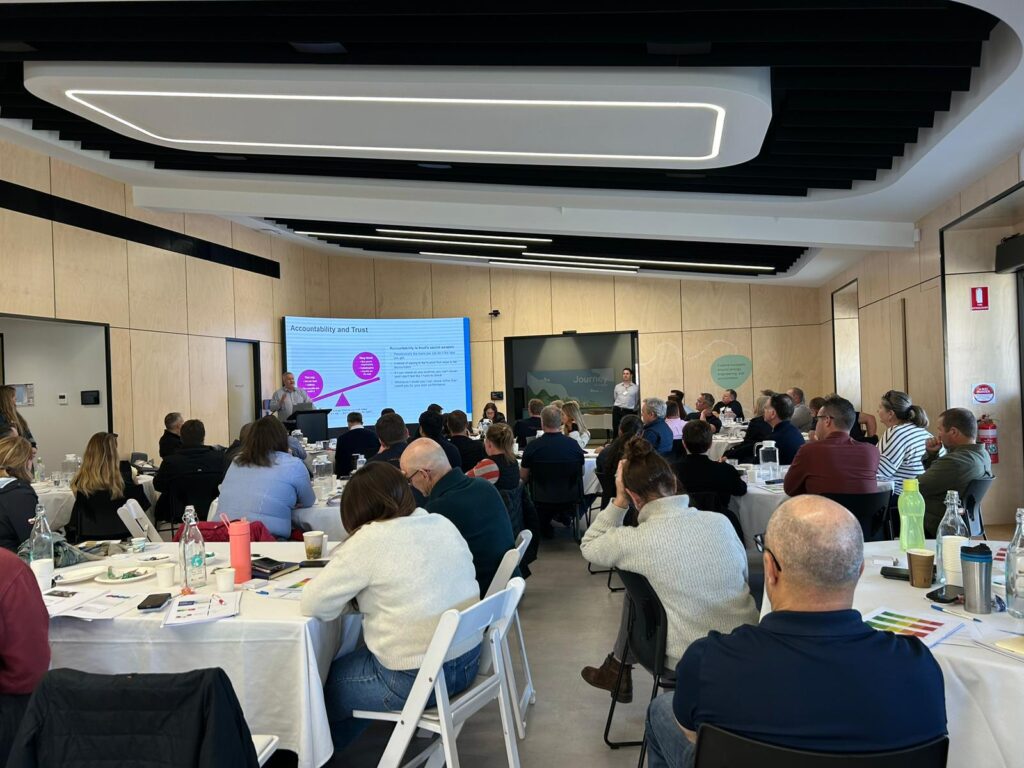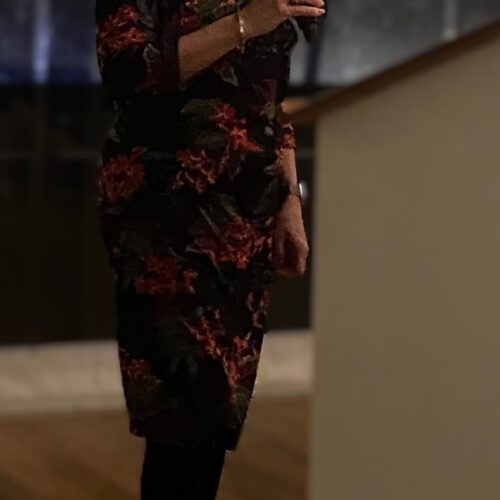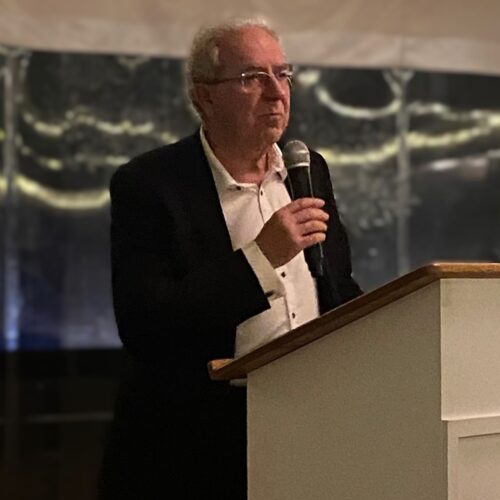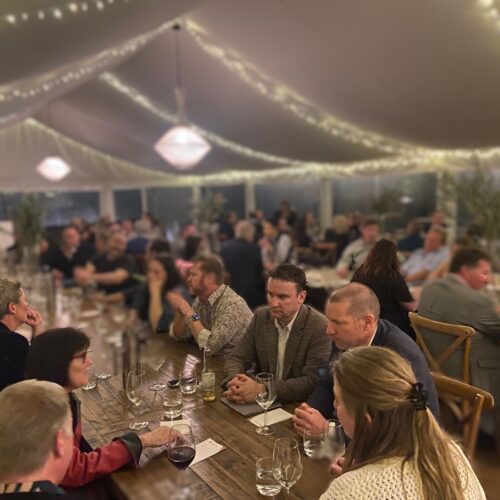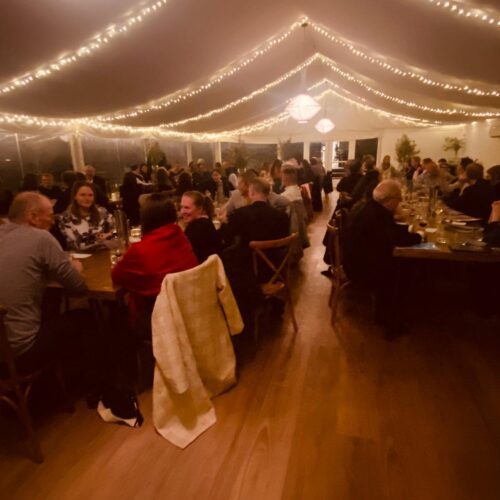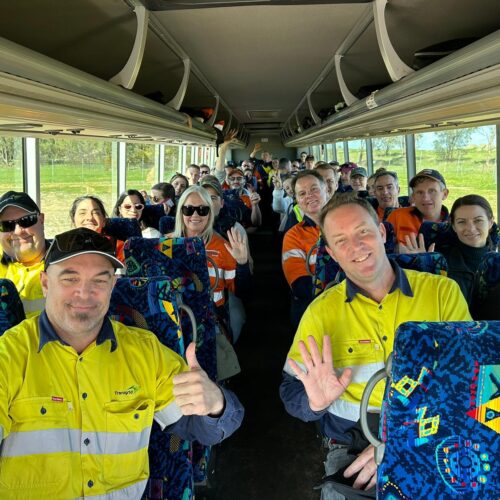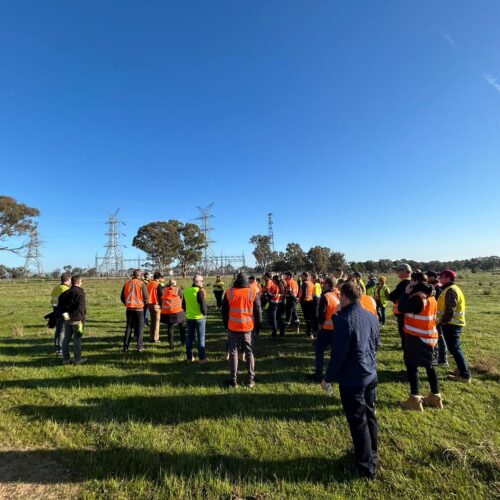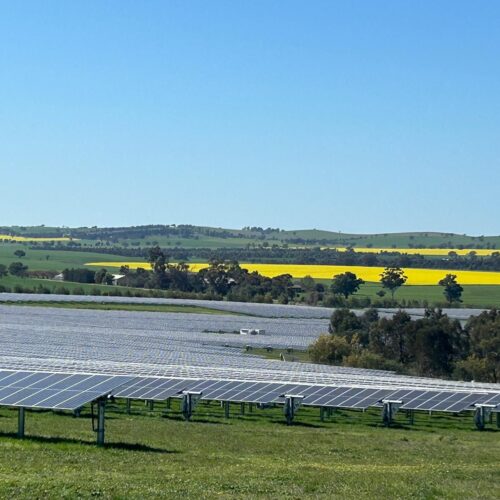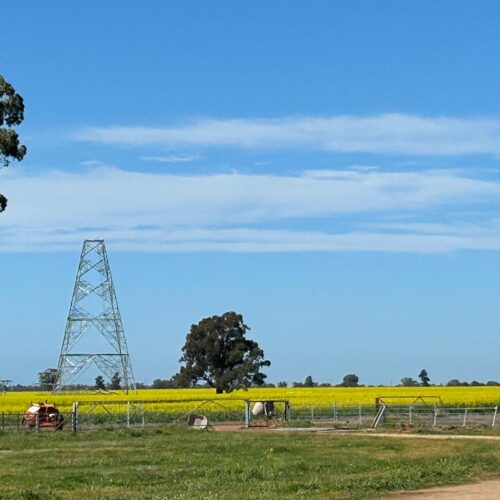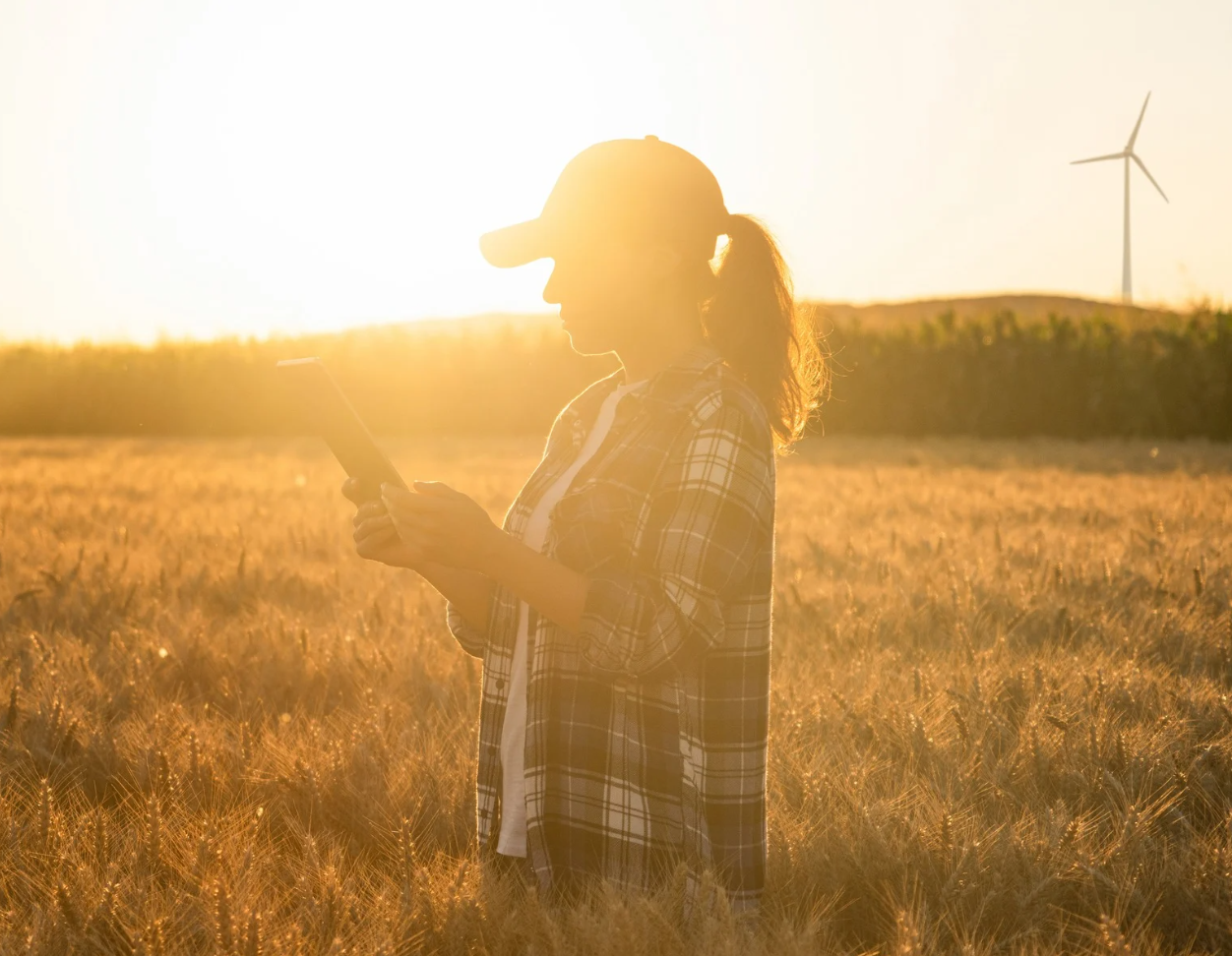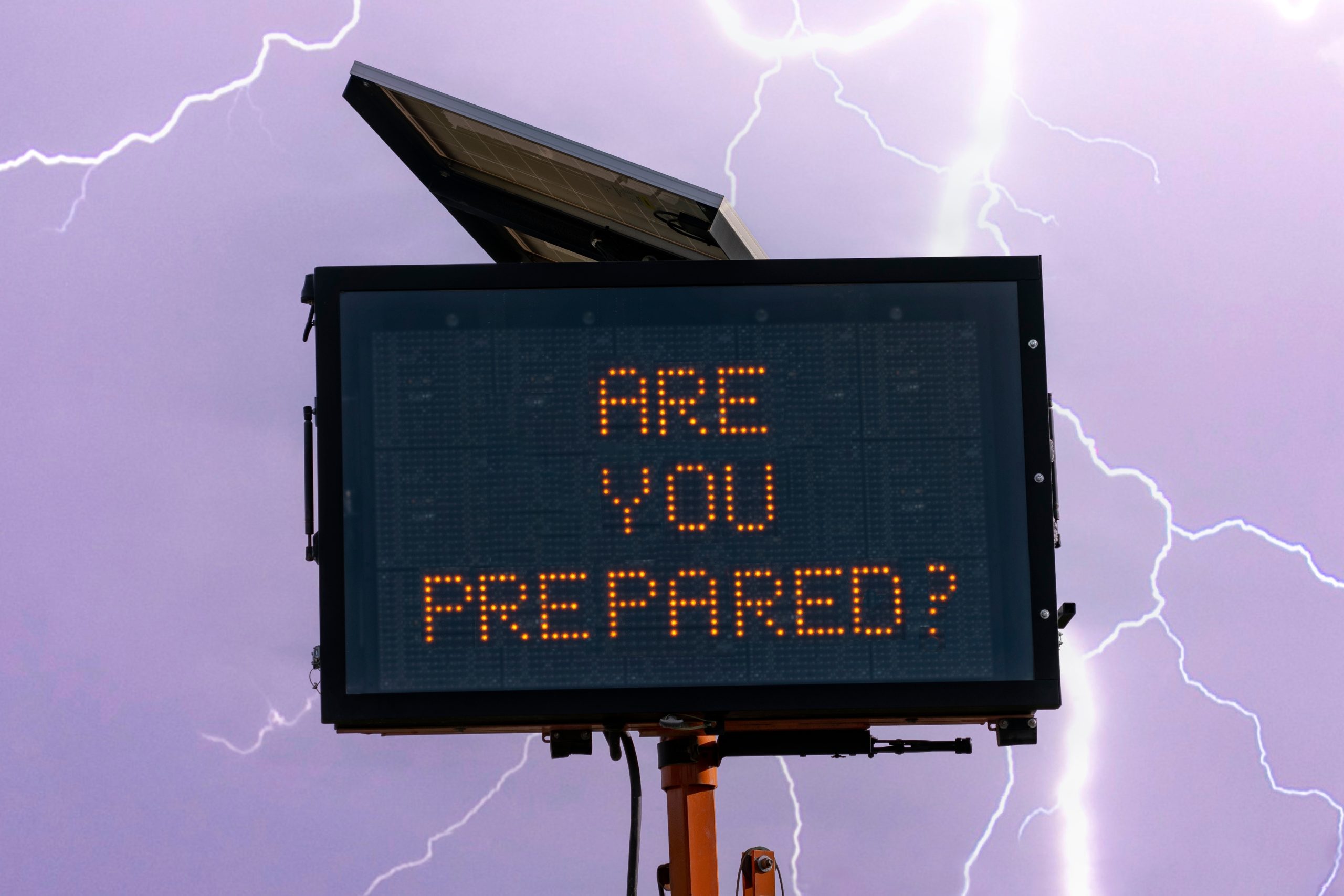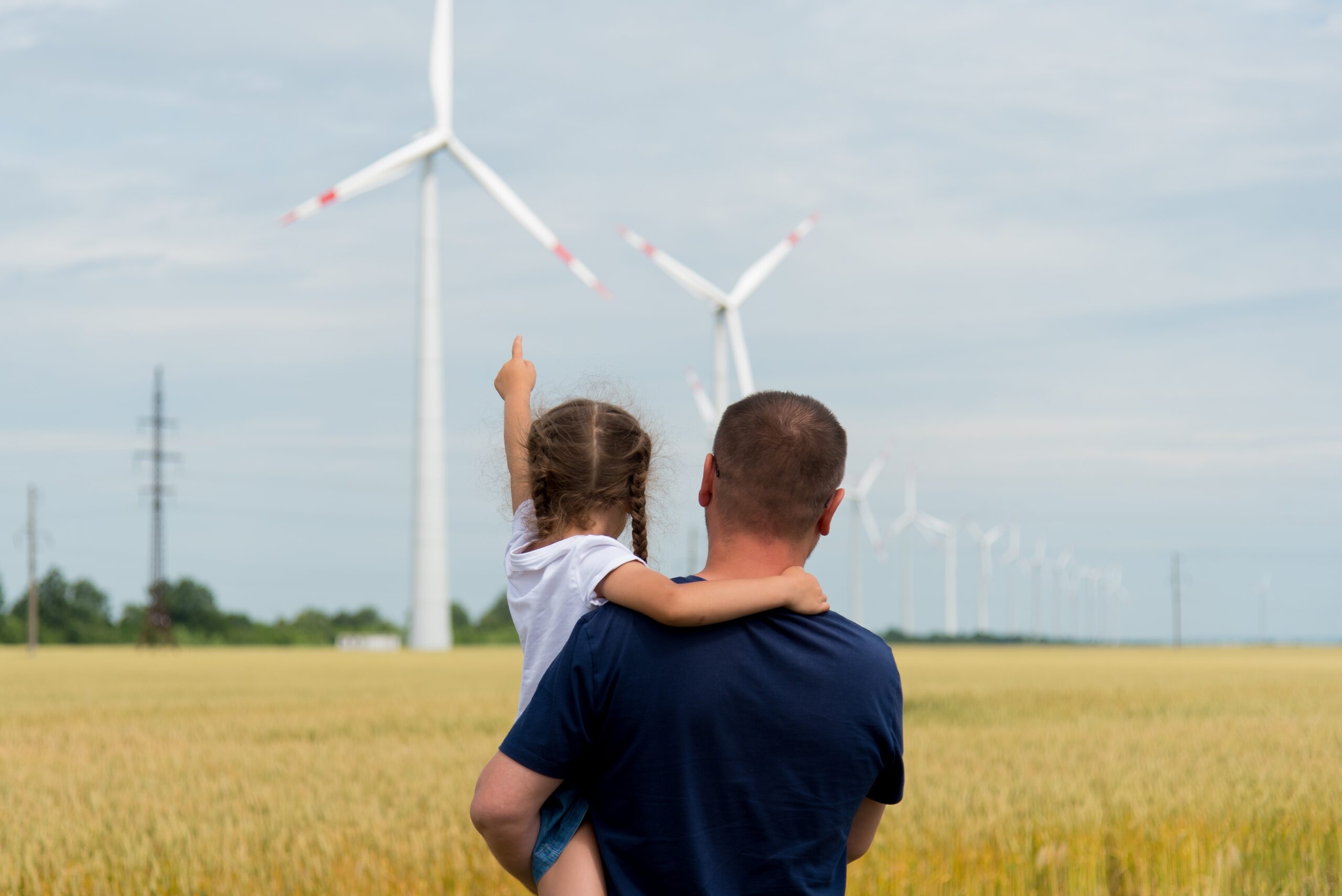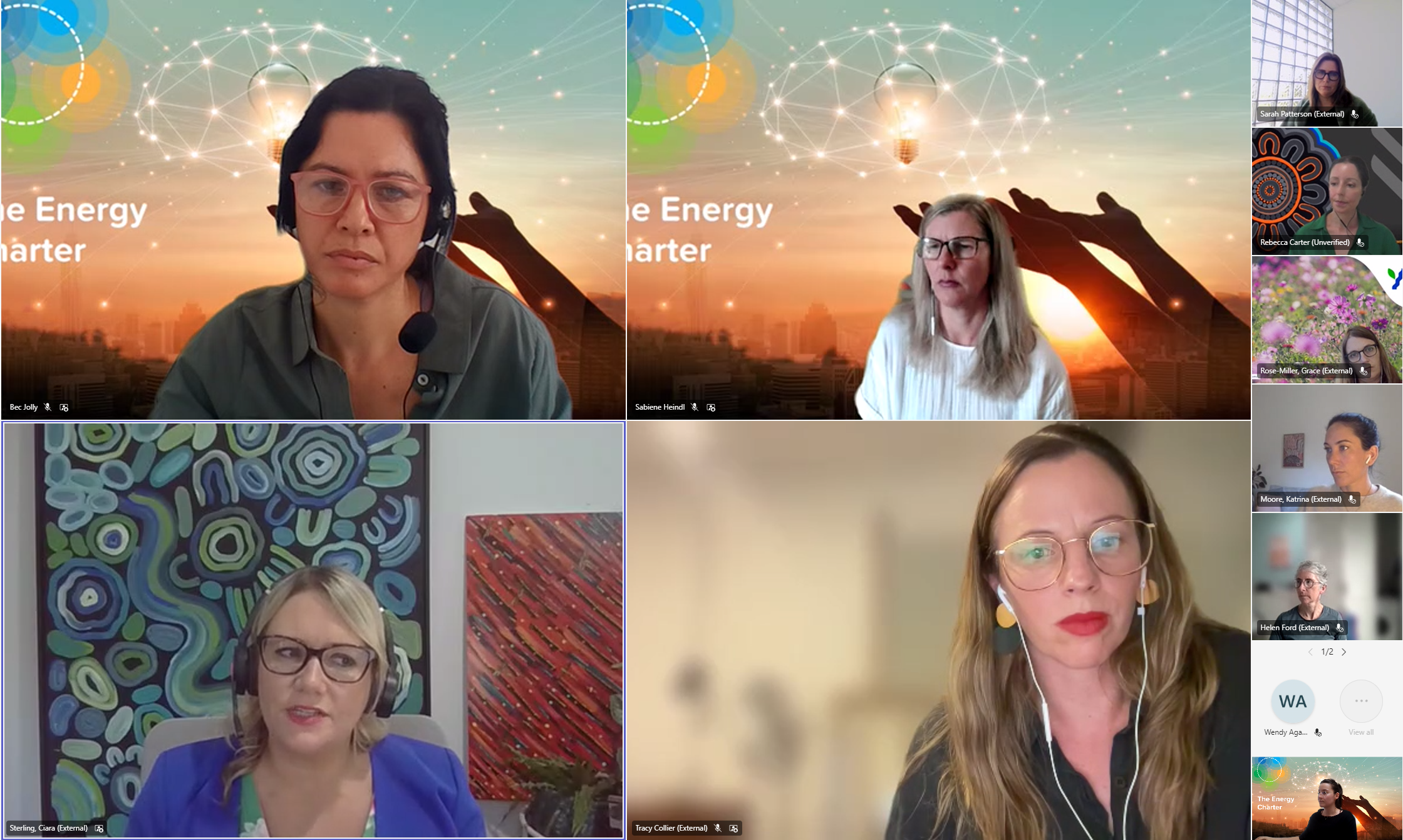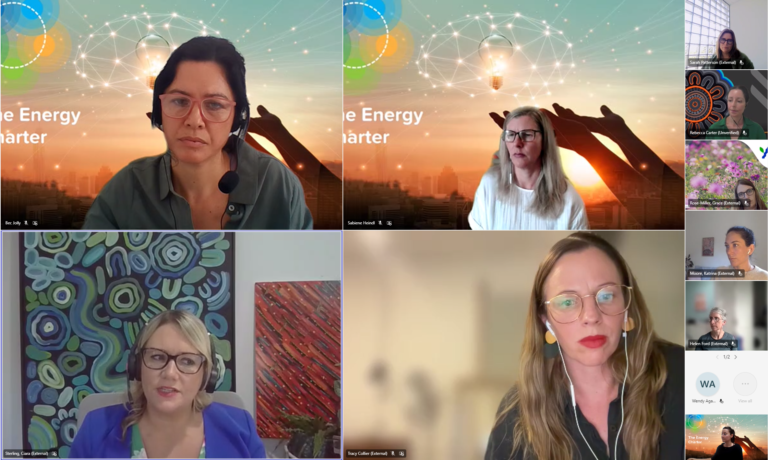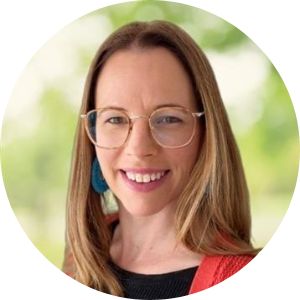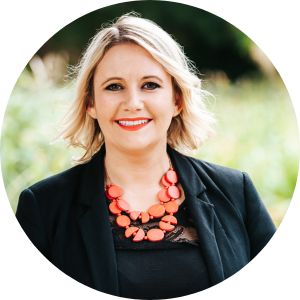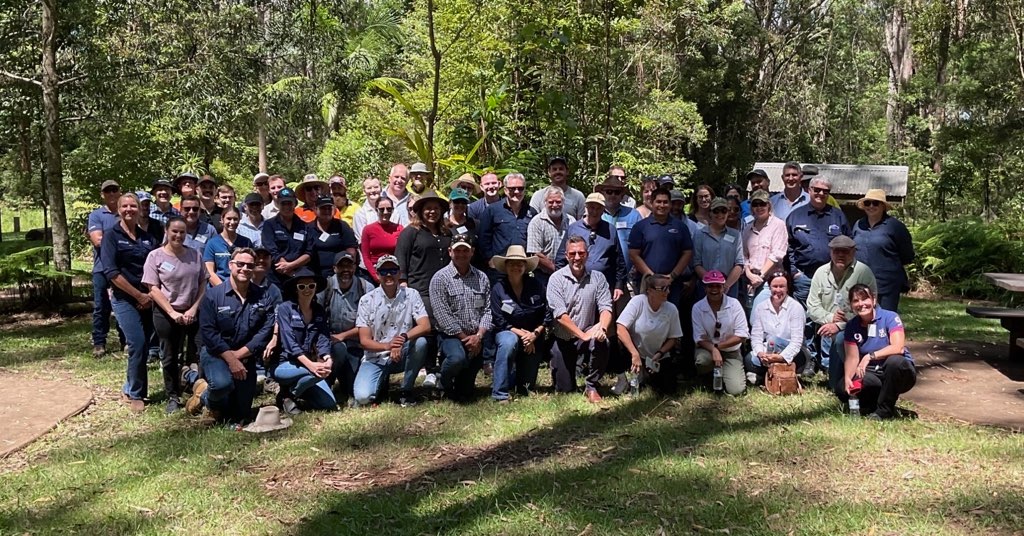In the October 2024 news update, we celebrate our CEO, Sabiene Heindl who has been announced the winner of the 2024 International Equality in Energy Transitions (EIET) Woman of Distinction Award!
We’re also thrilled to publish our Full Signatories annual Disclosures as part of our Accountability Process. Over the next few months, CEOs will meet with their customer, community and stakeholder groups to engage on their Disclosures. Together, they’ll be co-designing clear commitments to drive better outcomes and deliver real impact, reflected in a Feedback Summary.
We’re also excited to welcome our new Energy Charter Supporter: Energy and Water Ombudsman NSW. EWON’s support reflects the meaningful work we are doing to genuinely help customers and communities. We’re thrilled to have Janine Young and her team join us on this important journey!

